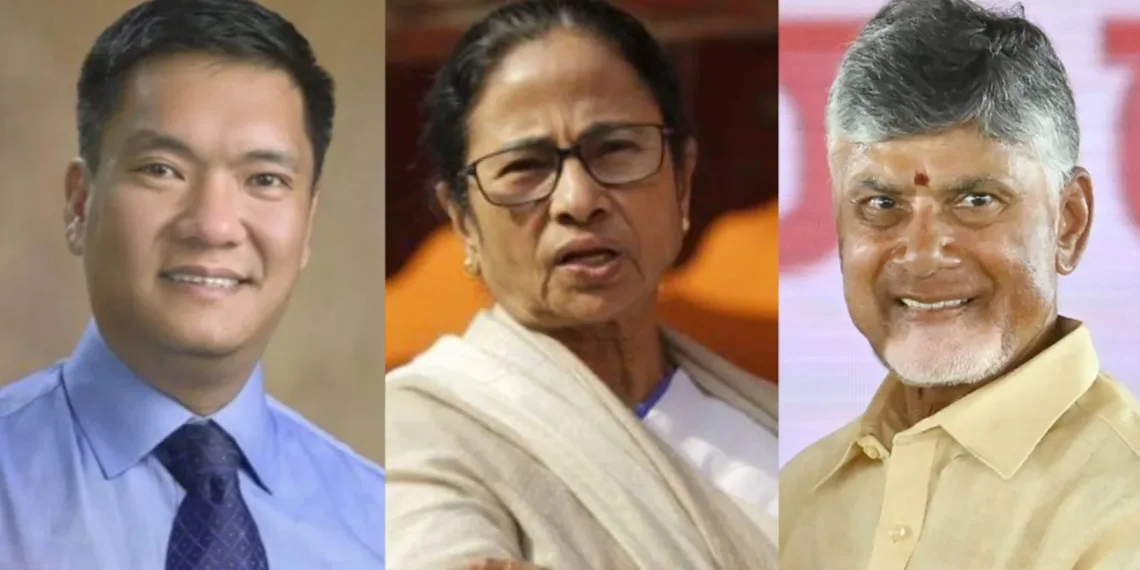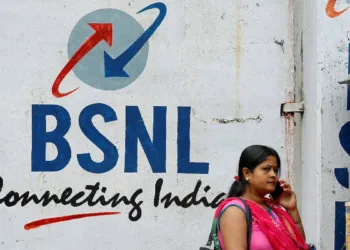India’s political arena in 2025 reflects a fascinating contrast in the financial backgrounds of its Chief Ministers (CMs). While some leaders boast considerable wealth amassed through business and politics, others govern with modest means, representing the true essence of public service. In this article, we explore the richest and poorest CMs of India, providing a nuanced insight into their assets, backgrounds, and what this means for governance.
Table of Contents
Top 3 Richest Chief Ministers


Rank | Name | State | Declared Assets in ₹ (Crore) | Highlights |
|---|---|---|---|---|
| 1 | N. Chandrababu Naidu | Andhra Pradesh | Over ₹931 | Former CM, successful businessman with Heritage Foods Limited |
| 2 | Pema Khandu | Arunachal Pradesh | Over ₹332 | Billionaire status; known for significant business holdings |
| 3 | Siddaramaiah | Karnataka | Over ₹51 | Influential politician, wealth linked to land and assets |
Bottom 3 Poorest Chief Ministers

| Rank | Name | State | Declared Assets in ₹ (Lakhs) | Highlights |
|---|---|---|---|---|
| 1 | Mamata Banerjee | West Bengal | ₹15.38 | Wealthiest among the poorest; iconic woman leader |
| 2 | Omar Abdullah | Jammu & Kashmir | ₹55.24 | Political lineage but modest assets |
| 3 | Pinarayi Vijayan | Kerala | ₹118.00 | Known for clean governance, minimal personal wealth |
What These Numbers Tell Us
- Wealth and Influence: The staggering difference between the richest CM, Chandrababu Naidu, and the poorest, Mamata Banerjee, mirrors the diversity in India’s political framework. Wealth often translates to political leverage but is not the sole determinant of effectiveness.
- Gender Gap: Among the 30 state CMs, only two are women: Mamata Banerjee from West Bengal and Rekha Gupta from Delhi. This underscores the ongoing gender disparity in Indian politics.
- Educational Insights: More than half of the CMs possess graduate or postgraduate degrees, reflecting the importance of education in leadership.
- Age Distribution: The majority fall in the 51-60 age bracket, balancing experience with energy for governance.
Unique Profiles of the Top and Bottom CMs
N. Chandrababu Naidu (Andhra Pradesh)
Naidu stands out for his dual role as a politician and entrepreneur, successfully steering the state’s economic growth and leveraging his business acumen. His tenure saw massive infrastructure development and IT sector growth. His declared wealth crosses ₹931 crore, primarily due to his investments in the food and real estate sectors.
Mamata Banerjee (West Bengal)
Contrastingly, Mamata Banerjee is admired for her modest lifestyle and grassroots approach. Despite being one of the poorest CMs, her charismatic leadership and connection with the common people have contributed greatly to her political longevity.
Why This Matters for Voters and Polity
Understanding the wealth and backgrounds of India’s Chief Ministers helps voters gauge how leadership style and personal resources impact governance. While wealth can fuel development projects, leaders like Mamata Banerjee and Pinarayi Vijayan prove that integrity and vision matter equally.
FAQs
1. Does the wealth of a CM affect their governance?
Wealth can provide access to resources and networks, but successful governance depends on vision, policies, and public engagement. Many less wealthy CMs have excelled in delivering development.
2. How is the financial data of the CMs verified?
All Chief Ministers submit affidavits detailing their assets during elections, which are publicly accessible and verified by the Election Commission of India.








